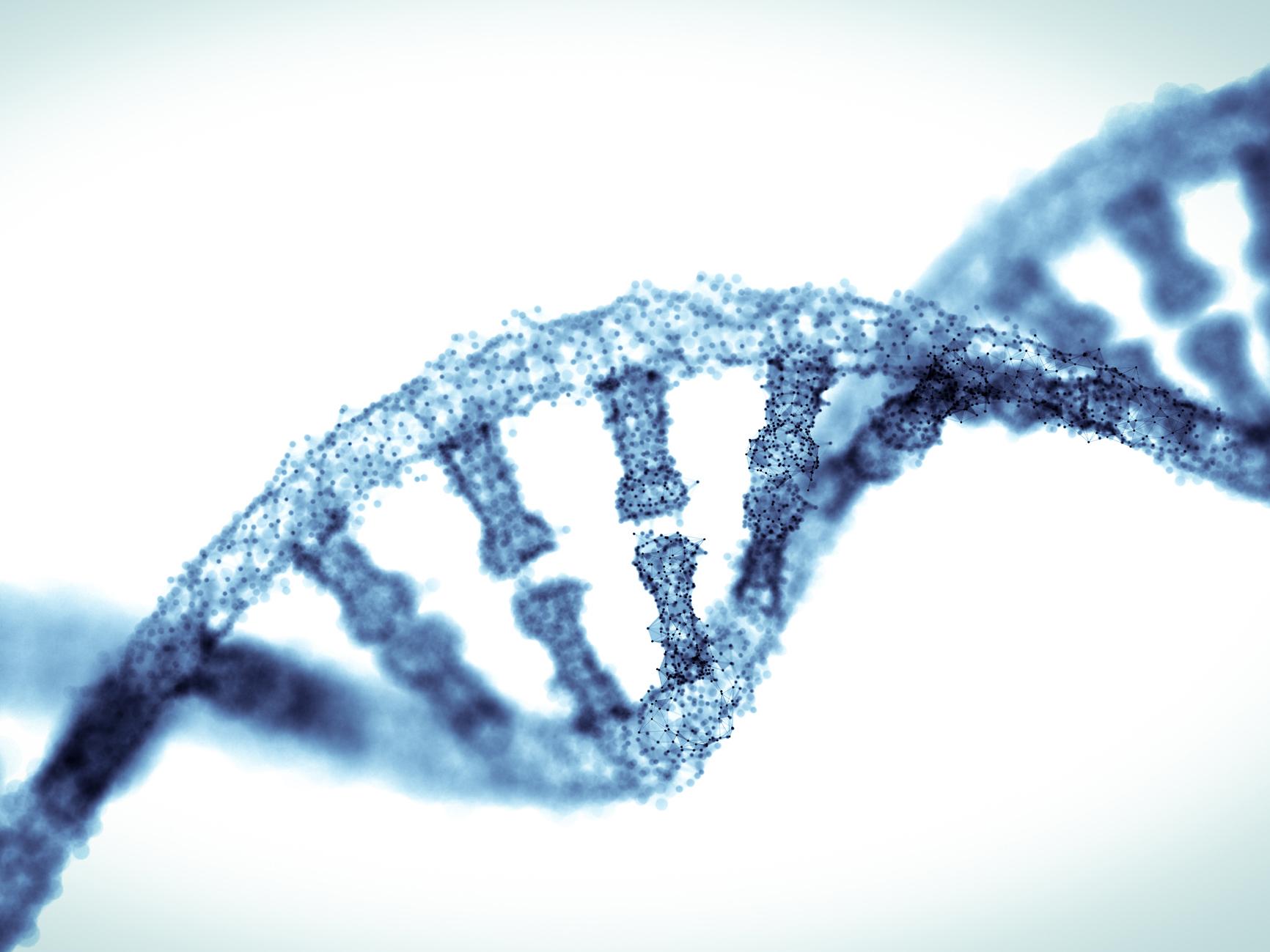DNA shape changed by scientists to create tiny machines and computers
Structures can be employed as building blocks to create nanobots and basic computing systems

The shape of DNA can be manipulated to create tiny machines and computers, and scientists have discovered a range of new “triggers” to control this process.
Adding substances like copper and oxygen to molecules of DNA can force it to change its shape.
Creating a range of DNA shapes provides scientists with a toolkit they can then use to construct tiny pieces of technology from the building blocks of life.
“The structure of DNA is usually assumed to be a double helix – that iconic structure that was first proposed by Watson and Crick in 1953 – but DNA is able to change structure,” Dr Zoe Waller from the University of East Anglia (UEA) told The Independent.
Dr Waller’s team work on a particular structure called the “i-motif”, a four-stranded, knot-like structure that was identified in living cells for the first time in April.
Though alternative DNA structures are thought to have a role in the onset of certain genetic diseases such as diabetes and cancer, the UEA research team was not looking for medical applications.
“We know these structures do play a role in gene expression, but that was not the role of this study – DNA can be used as a material in making things,” she explained.
DNA has potential as a construction material for a variety of technological applications, from nanobots to DNA-coded computers.
As its structure is so different, the i-motif can be used as a switch when paired with regular DNA – with the two different shapes being recognised as either “on” or “off”.
This has already been applied in basic nanomachine applications, and work by Dr Waller and her colleagues has expanded the repertoire of switches that can be used in such settings.
By adding copper salts to DNA in oxygen-free conditions, they found DNA could be changed into an i-motif shape. This could then be further modified into another shape called a “hairpin” by adding oxygen to the mix.
These results were published in the journal Nucleic Acids Research.
“One of the direct applications is in DNA-based computing,” explained Dr Waller.
The concept of DNA computing has floated around for years, with Microsoft investigating potential applications and using DNA for data storage.
Some scientists have used the code of DNA to store information, or constructed simple logic gates and circuits.
“You can use DNA to make logic gates and one of the advantages in using DNA is computing is that you can carry out calculations in parallel if your different types of logic gates are represented by different triggers or ingredients,” said Dr Waller.
“So the fact we have discovered separate triggers for the same type of DNA means you could increase the output you could actually use.”
Other technological applications of DNA include the creation of tiny “nanobots” that can deliver drugs to parts of the body.
“DNA is biocompatible, so if you make a nanomachine out of DNA you can introduce it to a cell and it doesn’t get destroyed or recognised as quickly as some other agents we introduce,” said Dr Waller.
Join our commenting forum
Join thought-provoking conversations, follow other Independent readers and see their replies
0Comments